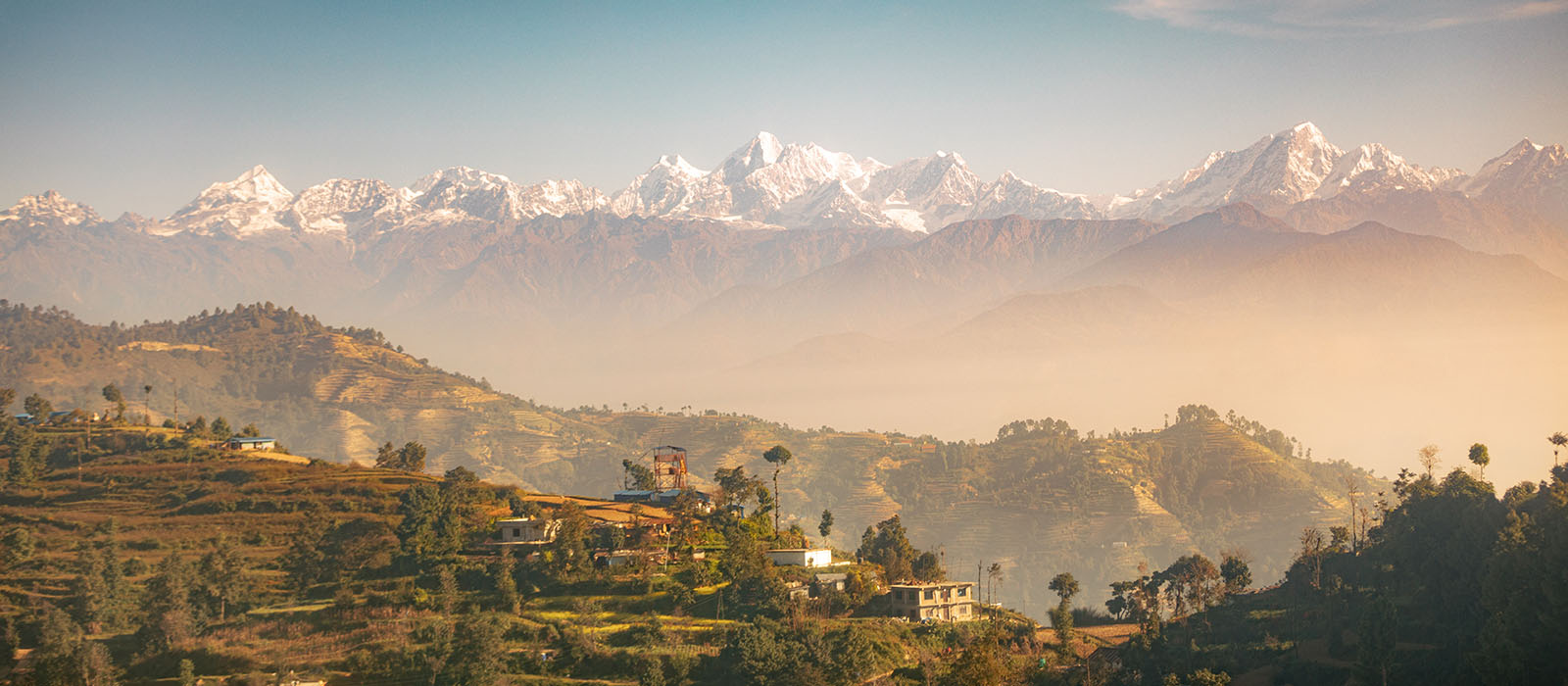
Nepal is a renowned destination for travellers because of its unrivalled natural beauty and cultural diversity. The expanded terrain in The country ranges from The peaks of The Himalayas in The north to The tropical plains of The Terai in The south creating a stunning patchwork of landscape. Not only that, Nepal's varied climate and geography contribute to distinct seasons each of which offers unique experiences to travelers.
The seasons of spring(March to May) and autumn(September to November) are considered The best times to visit Nepal due to The mix of ideal weather natural beauty and a variety of activities offered during these seasons. Monsoons(June to August) and Winter(December to February) are avoided because of inclement weather and muddy hiking trails. Certain places in Nepal provide wonderful trekking experiences such as the rain shadow regions which provide amazing trekking experiences even during the Monsoon season.
The climate in Nepal varies depending on its altitude and geographic location. It can range from 80 meters to 8848 meters from sea level. Temperatures drop gradually as the elevation increases although the southern lowlands remain hot most of the year.
1. Spring (March to May):
Spring is an excellent time to visit Nepal since it provides pleasant temperatures and sunny skies which makes it good for outdoor activities. The Daytime temperatures range from warm to pleasant while the nighttime temperatures can be slightly cooler. During this season the views of the Himalayas are usually clear adding to the hiking experience. Rhododendrons in the landscape provide beautiful colours for the hills and forest.
Popular hiking routes such as Everest Base Camp, Annapurna Circuit and Langtang provide beautiful spring weather. The trails are generally less congested than in The fall making it a good option for those who are looking for a more peaceful hiking experience.
2. Summer/Monsoon (June to August):
The monsoon season starts in mid-July in Nepal bringing significant rainfall. Weather is hot and humid with regular rains that could cause landslides and road and path closures. Due to this, trekking can be difficult in some sections due to muddy and slippery terrain low visibility, and the risk of leeches. During this period Some rain-shadow areas such as Dolpo or Upper Mustang may be acceptable for exploration.
3. Autumn (September to November):
Autumn is the best season to visit Nepal since the weather is consistent, with clear skies, good visibility of the mountains, and pleasant temperatures. This season corresponds with key festivals such as Dashain and Tihar, providing cultural insights. Trekking trails are also crowded with explorers, making the trip a little overwhelming at times, but the celebratory atmosphere adds charm to the experience.
4. Winter (December to February):
Winter brings cold temperatures, especially at higher elevations. Daytime temperatures may still be pleasant In lower places but nights can be bitterly cold. While certain lower elevation hikes are possible higher elevation routes may encounter snow and severe weather. On the other hand, Clear skies often give great views of snow-capped mountains.
In Nepal, a rain shadow area is defined as a location that receives much less rainfall due to the blocking influence of the Himalayas, which causes precipitation to fall on one side of the mountains while leaving the other side relatively dry. These rain shadow locations are located on the Himalayan leeward side (Upper Mustang, Lower Mustang, Upper Dolpo, Lower Dolpo), protected from the moisture-laden monsoon winds that mostly approach from the southeast. These places' dry environment allows for hiking and exploration even during the rainy season, making them appealing locations for tourists seeking unique experiences amidst Nepal's varied landscape and climate.